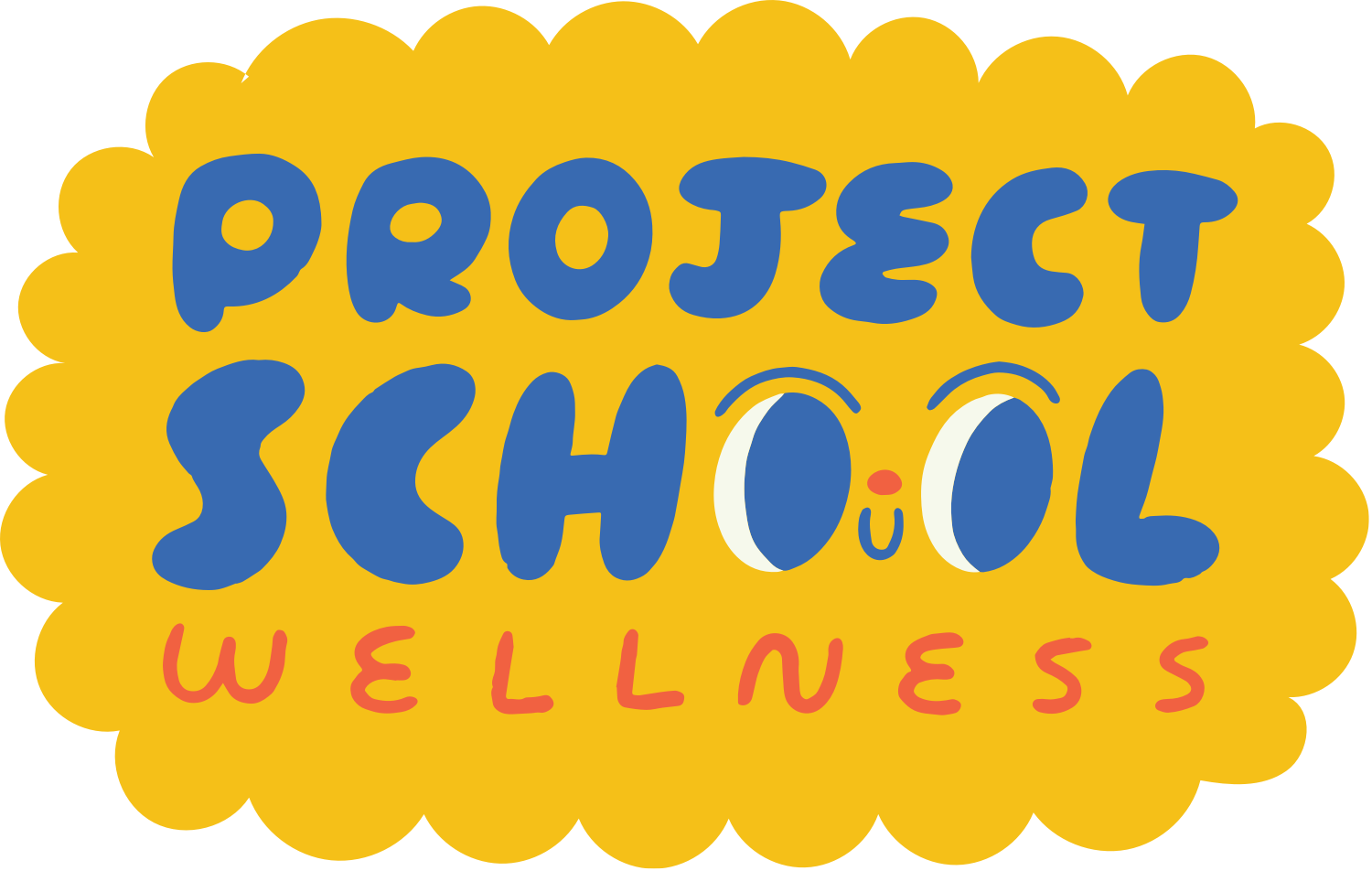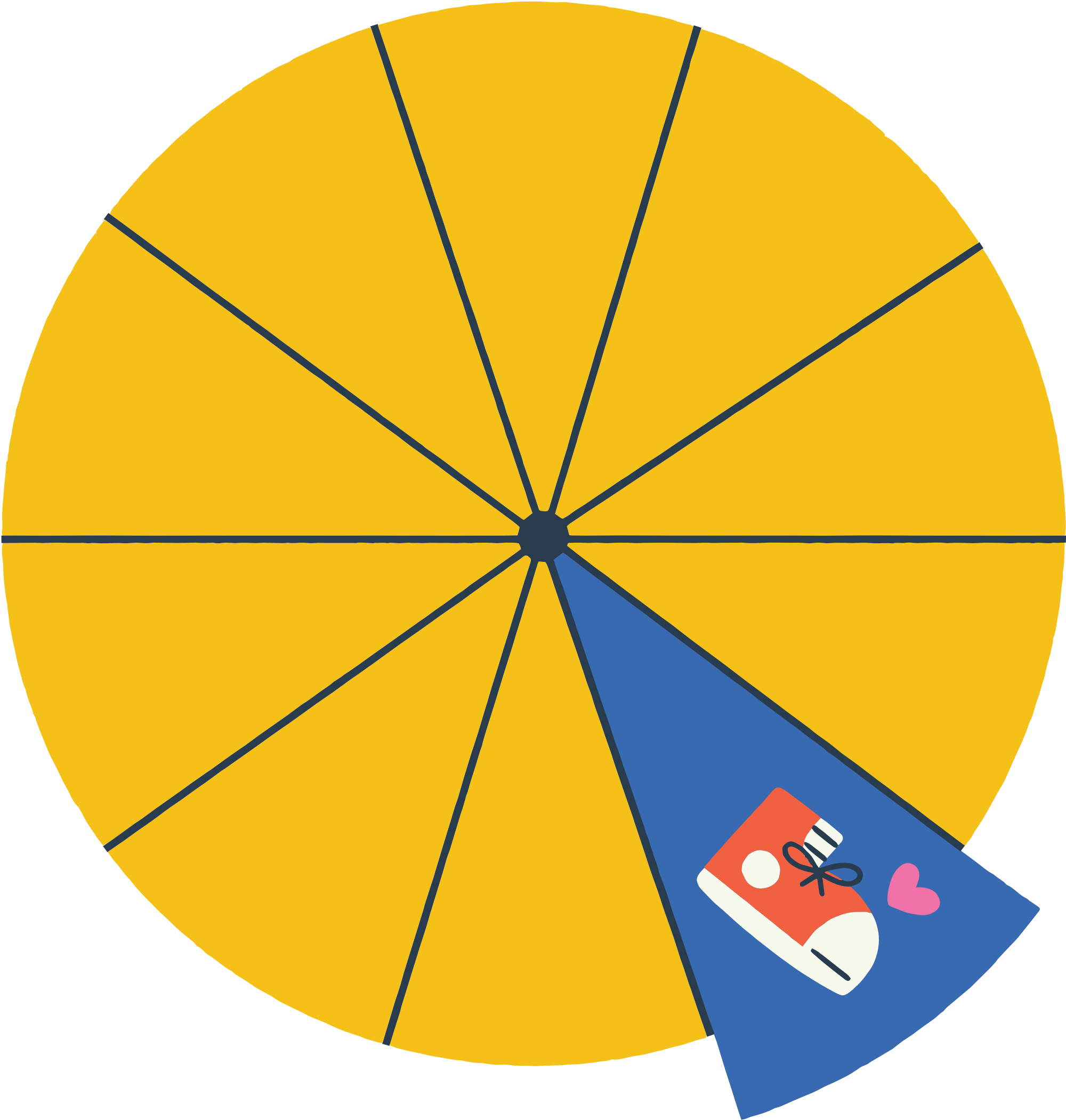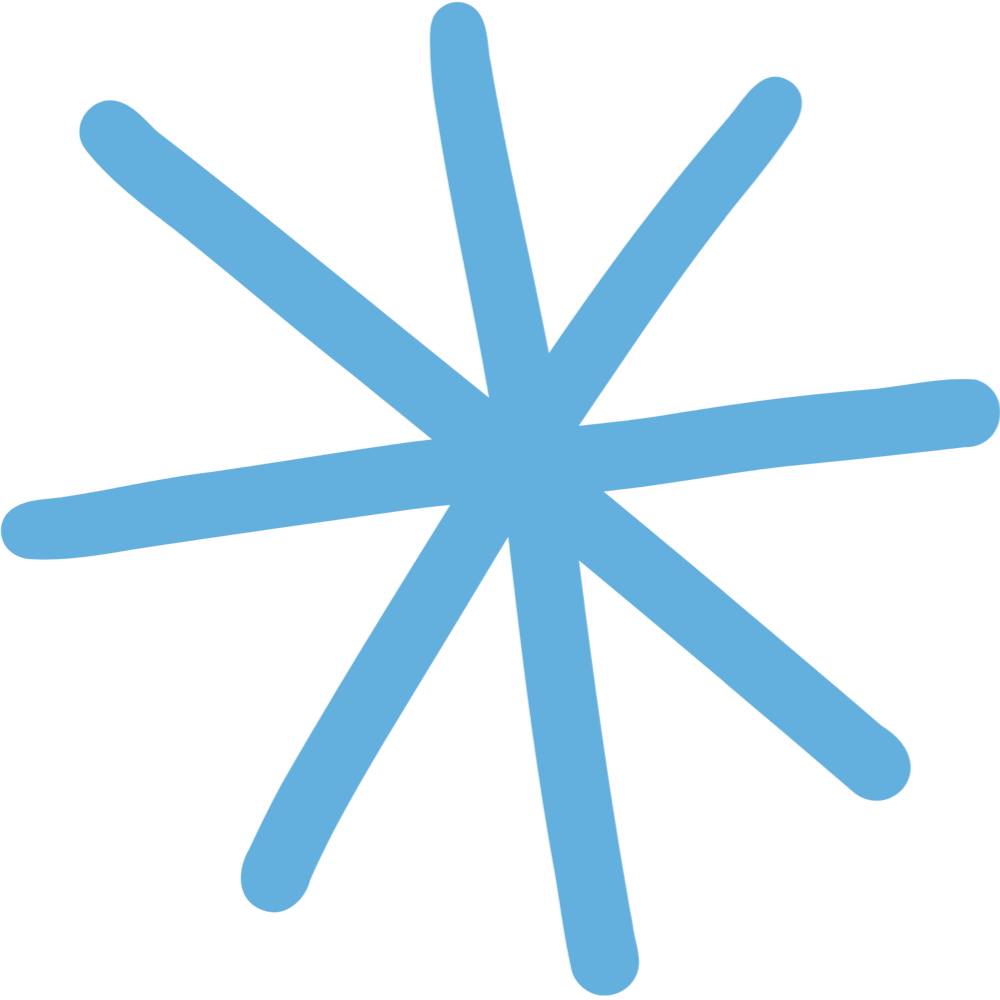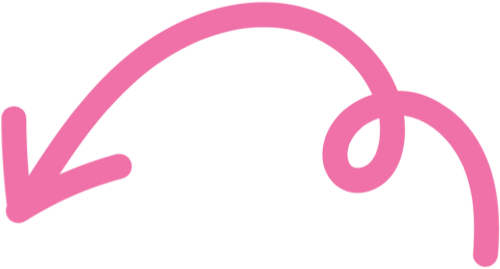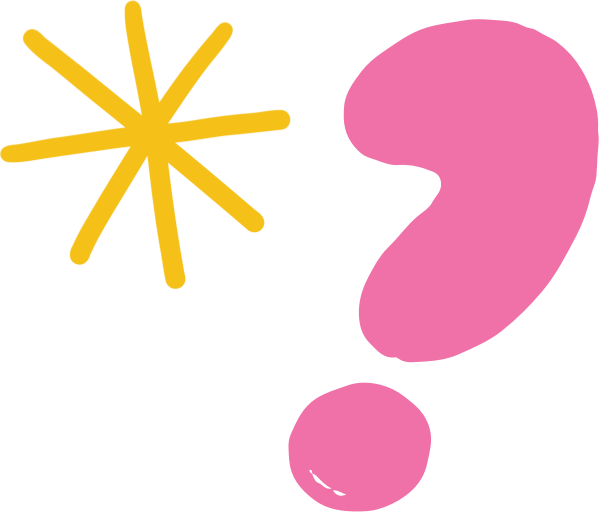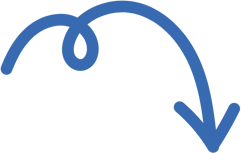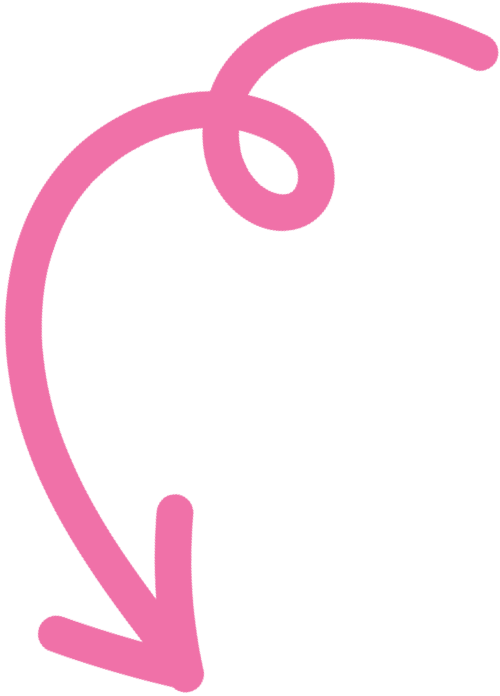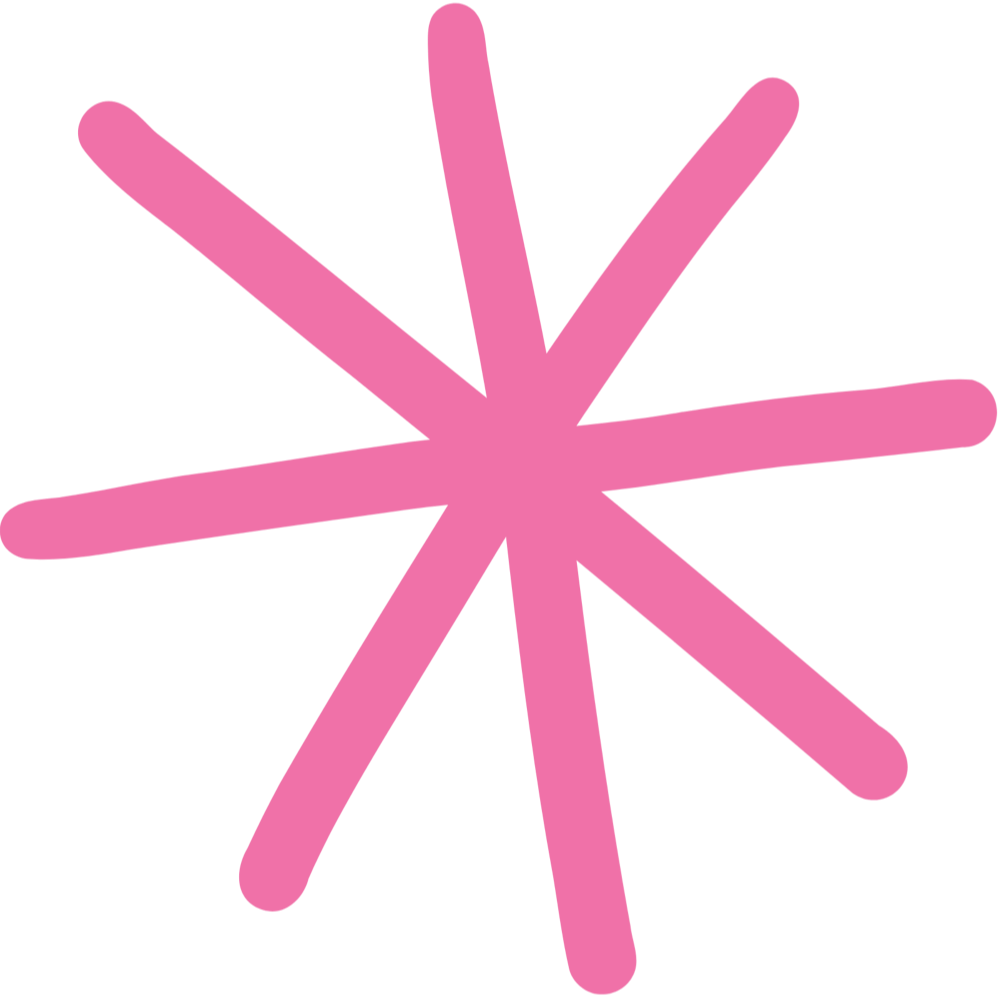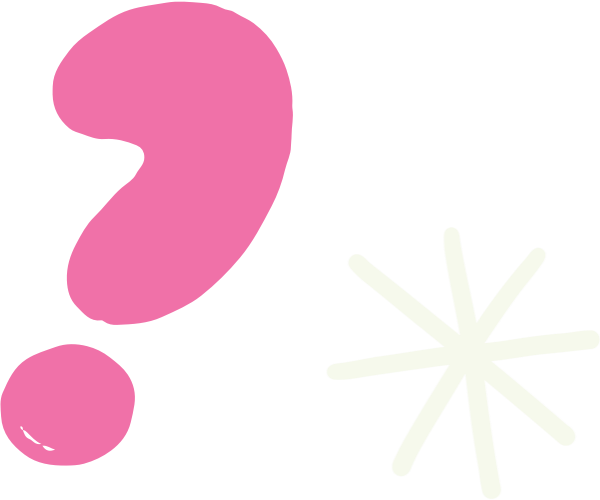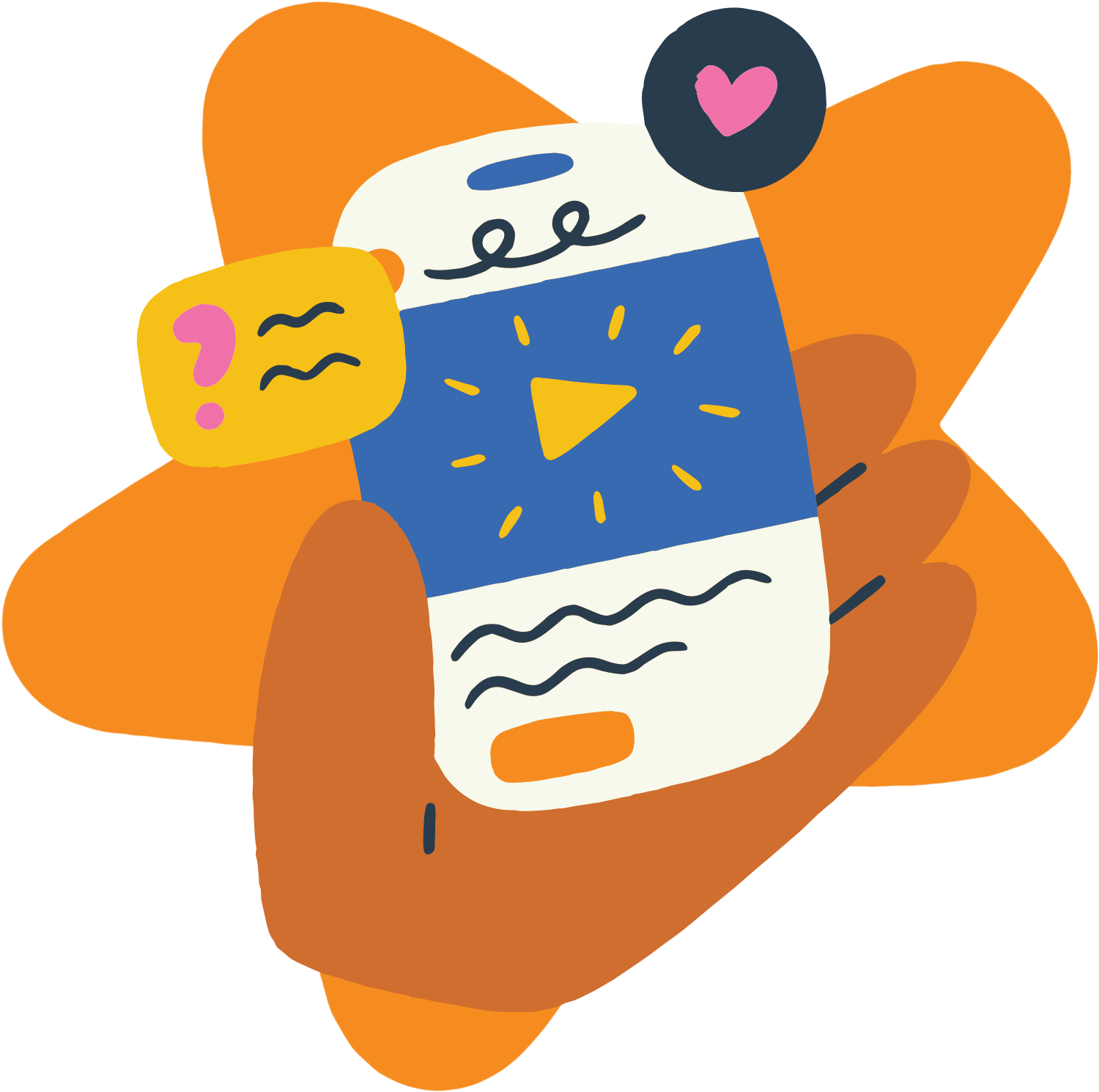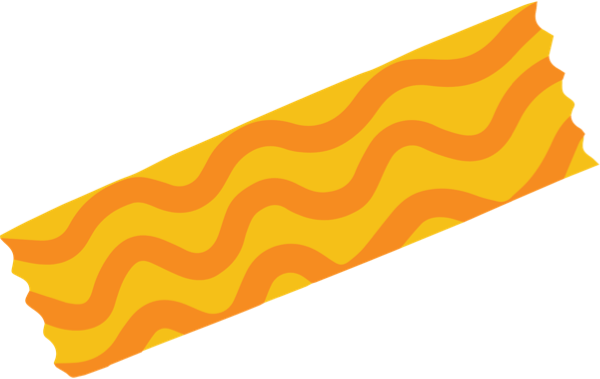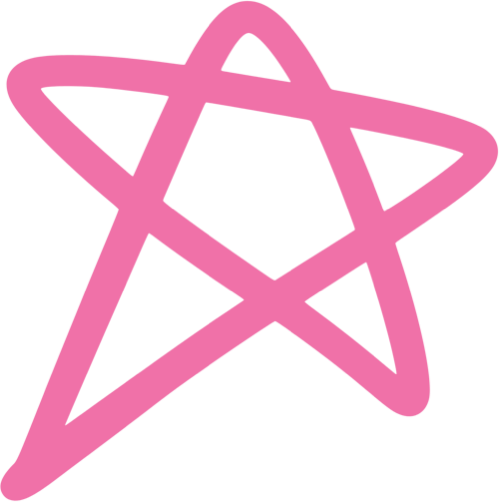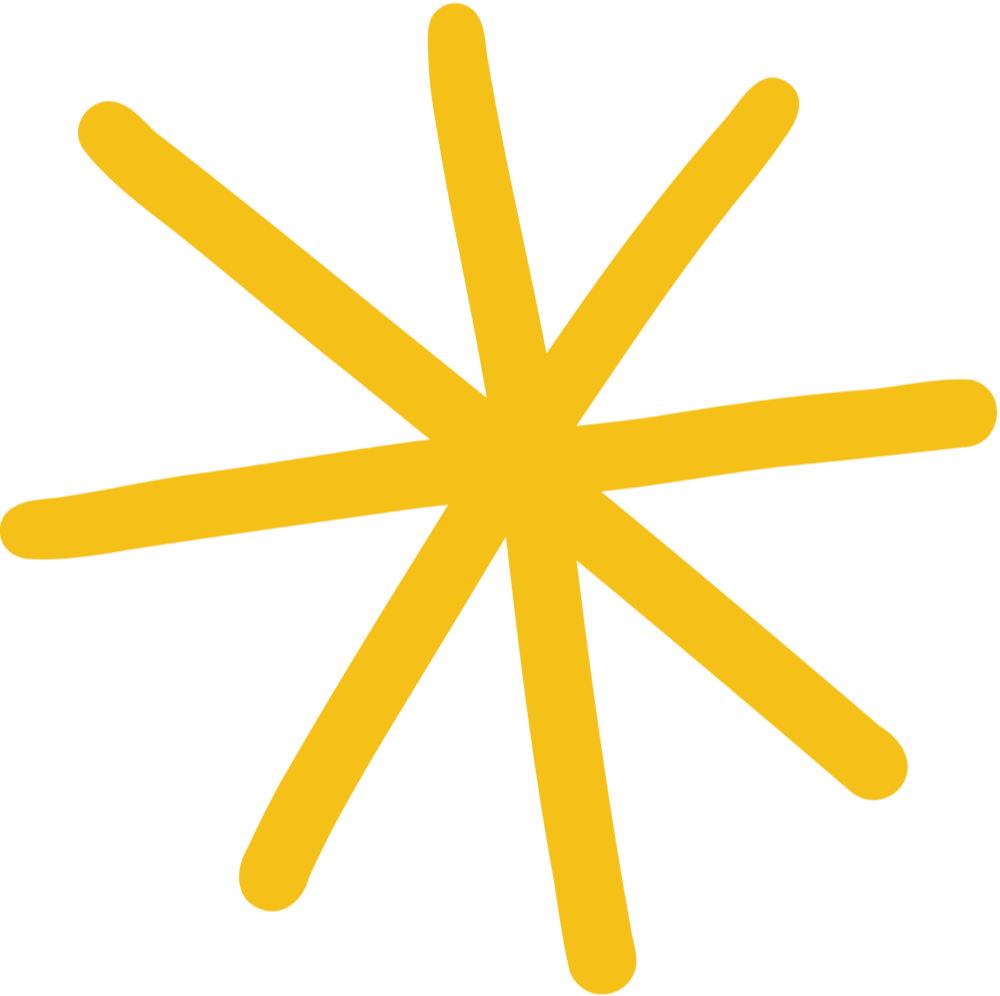
How to Teach the Dimensions of Health
Physical Health
Physical health is about understanding, caring for, and listening to your body. It includes knowing how your body feels and functions, developing habits that help it work well, and recognizing when something feels off so you know when and how to get help.
Easy Physical Health Teaching Activities:
Start Here!
This Physical Health Teaching Guide is your go-to resource for teaching physical health as part of a comprehensive, skills-based health education program. It includes a clear answer to the question “what is physical health,” explains why it matters, and outlines a grade-level-specific teaching progression aligned with the SHAPE America National Health Education Standards. Inside, health teachers will find engaging teaching ideas, instructional videos, and real-world examples to help students answer “what does physically healthy mean,” develop body awareness, and build habits that support long-term physical well-being.
table of contents:
Grade-Level Specific Teaching Ideas →
SHAPE Health Standards and Skills →
An Introduction to physical Health
Let’s start with
The Basics
Also available: signature health guides for parents and students to support health learning at home and in class.
For Students → For Parents →
What is Physical Health Education?
Physical health is one of the original six dimensions of health featured in the Wellness Wheel, identified by Dr. Bill Hettler,, co-founder of the National Wellness Institute. It focuses on the state of the body, how it feels, functions, and supports daily life. Physical health education helps students develop awareness of their body’s needs, build habits that enhance physical functioning, and recognize when to seek support. By nurturing physical health in the classroom, educators empower students to tune into their bodies, make informed decisions, and take meaningful action to support lifelong strength, energy, and overall well-being.
Why Physical Health Matters
Your Body is Your Home
You live in your body every moment of your life. Taking care of it helps you feel more comfortable, capable, and connected to yourself.
How You Feel in Your Body Affects Everything Else
Physical health and the relationship you have with your body impacts everything in your life, your energy, mood, focus, and confidence. When your body feels good, it’s easier to show up fully in school, relationships, and life.
You Are the Only One Responsible for Your Body
No one else can care for your body the way you can. Learning to listen to it, respect it, and support it is one of the most powerful things you can do for your long-term well-being.
K - 12 physical Health Education Teaching Progression
Grade-Specific Physical Health Education Teaching Ideas
Explore K-12 grade-specific physical health teaching ideas. Each guide provides health teachers with clear physical health standards-based learning objectives, essential functional knowledge, engaging teaching activities, and meaningful assessments. You’ll find everything you need to deliver impactful, developmentally-appropriate physical health education.
-

Learning Objectives
Physical health objectives clearly define what elementary students will know and be able to do as a result of each lesson. These objectives focus on developing functional health knowledge, building understanding related to the dimensions of health, and applying essential health skills to real-life situations. Every objective is designed to align with the SHAPE America National Health Education Standards, ensuring that instruction is comprehensive, skills-based, and promotes lifelong well-being.
The Goal: Students develop a basic understanding of physical health and learn everyday habits that help their bodies stay strong, energized, and well.
✅ Identify key elements of physical health, including sleep, hygiene, movement, nutrition, hydration, and body care
→ Related SHAPE America Standard: #1 Build and Apply Functional Knowledge
✅ Recognize simple habits that support physical well-being (e.g., brushing teeth, drinking water, washing hands, moving your body)
→ Related SHAPE America Standard: #7 Practice Health Enhancing Behaviors
✅ Understand that taking care of your body can help you feel better, think clearly, and have more energy for learning and play
→ Related SHAPE America Standard: #2 Analyzing Influences and #7 Practice Health Enhancing Behaviors
✅ Begin to notice when their body feels good or not-so-good and learn to share how they feel with a trusted adult
→ Related SHAPE America Standard: #8 Advocacy
-

Functional Knowledge
Functional knowledge refers to the essential health concepts elementary students need to understand in order to build awareness of how emotional and mental health shows up in their lives. This knowledge helps students make informed choices and lays the foundation for managing this aspect of their well-being with intention and confidence.
To build a strong foundation in physical health, elementary students need to understand what physical health is, recognize how it connects to their overall well-being, and learn simple, supportive habits.
💡 What Physical Health Is
Students learn that physical health is about how their body feels and works. It includes building a positive relationship with their body and understanding key elements like sleep, hygiene, movement, nutrition, hydration, and safety. These elements work together to help their body stay strong, feel good, and do what they need it to do each day.
💡 What Healthy Habits Support Physical Well-being
Students explore everyday actions, like brushing their teeth, eating nutritious foods, drinking water, moving their bodies, washing their hands, and getting enough sleep, that help them feel their best and keep their body healthy.
💡 How Their Body Impacts How They Feel, Think, and Act
Students begin to notice that their physical state affects their emotions, focus, and behavior. For example, being tired or hungry might make it harder to concentrate or be kind to others.
💡 Who Can Help When They Don’t Feel Right in Their Body
Students learn to identify and seek help from trusted adults, such as family members, school nurses, or teachers, when something feels wrong in their body or they don’t feel safe.
-
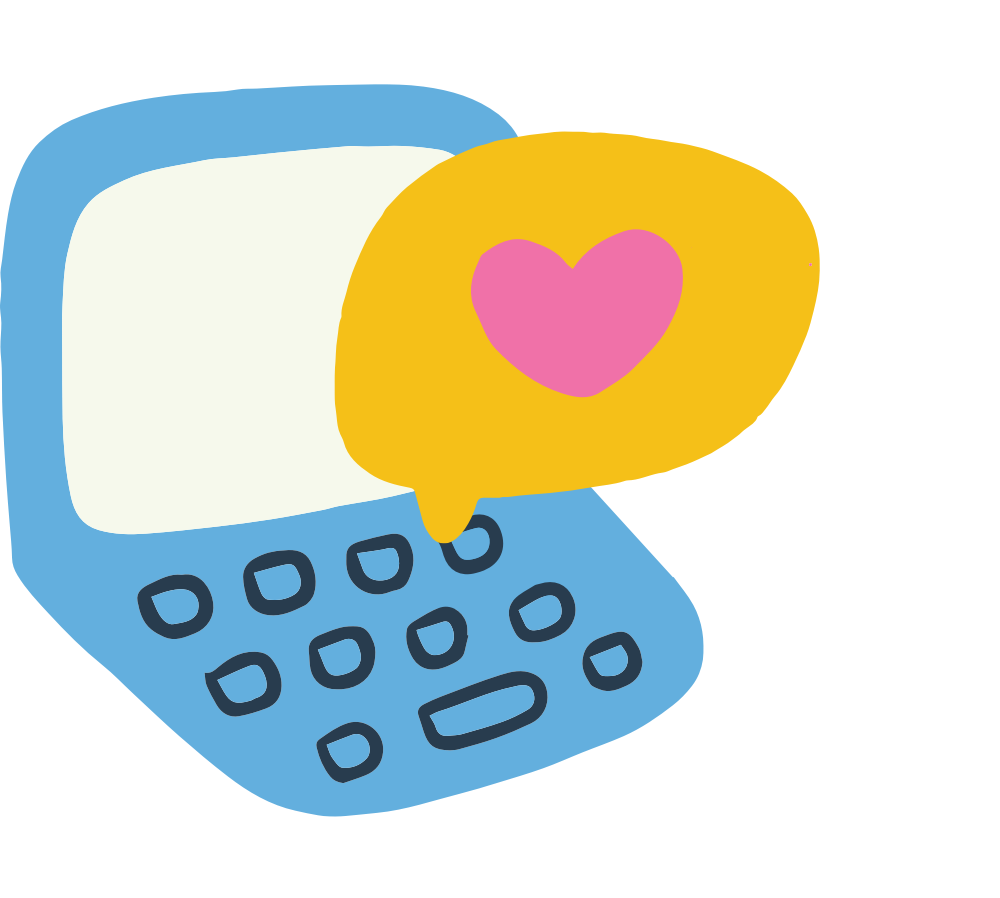
Activities
Activities are health education learning engagements that help students explore, interact with, and build deeper understanding of physical health and body knowledge. Each learning activity is designed to support a skills-based health approach and provide meaningful opportunities for students to explore the functional knowledge and practice the health skills.
🔎 Physical Health Sort
Students sort a variety of pictures or actions into two groups: “Helps My Physical Health” and “Hurts My Physical Health.” This introduces them to the different elements of physical health like movement, sleep, hygiene, nutrition, and hydration.
→ Connects to: What physical health is
🔎 Healthy Habit Paper ChainStudents create a paper chain where each link represents a healthy habit they do (or want to try). Hang the chains as a class display to show how small actions add up to strong physical health.
→ Connects to: What habits support physical well-being
🔎 Body & Feelings ModelUsing a body outline, students draw or label how their body impacts their emotions, focus, and behavior (e.g., "When I’m tired, I get grumpy"). This helps them build awareness of the body-mind connection.
→ Connects to: How their body impacts how they feel, think, and act
🔎 Who Can Help? Matching ActivityStudents match common physical health situations (e.g., “I have a stomachache,” “I feel dizzy,” “I have a cut”) with the trusted adult they could go to for help.
→ Connects to: Who can help when they don’t feel right in their body
-

Assessments
These physical health project-based learning assessments are designed to measure both what elementary students understand and how well they can apply their functional health knowledge and health skills in meaningful, real-world ways. Each health assessment idea aligns with the SHAPE America National Health Education Standards and offers students a practical, hands-on learning experience. By actively using health skills to navigate realistic scenarios, students demonstrate their ability to think critically, make informed decisions, and take ownership of their well-being.
📚 “What Is Physical Health?” Booklet
Students create a simple booklet with their own kid-friendly definition of physical health, illustrations of healthy habits, and short reflections about how those habits help them feel good and stay strong.
→ Assesses understanding of physical health and health-enhancing behaviors (SHAPE America Standards #1 and #7)
📚 Poem or Story: “My Body & Me”
Students write a poem or short story that shows how their body affects how they feel, think, and act. They can describe how feeling tired, hungry, or energized changes their day, helping them connect physical sensations to emotions and behavior.
→ Assesses awareness of body-mind connection (SHAPE America Standards #1 and #7)
📚 “Who Can Help?” Poster
Students choose one common physical health concern (e.g., a stomachache, a cut, feeling tired) and create a mini poster showing who they could talk to for help and what that person can do.
→ Assesses ability to identify trusted adults and access support (SHAPE America Standards #3 and #4)
-

Learning Objectives
Physical health objectives clearly define what middle school students will know and be able to do as a result of each lesson. These objectives focus on developing functional health knowledge, building understanding related to the dimensions of health, and applying essential health skills to real-life situations. Every objective is designed to align with the SHAPE America National Health Education Standards, ensuring that instruction is comprehensive, skills-based, and promotes lifelong well-being.
The Goal: Students build self-awareness, explore how physical health affects total well-being, and begin developing habits to manage their health more independently.
✅ Identify and explore different elements of physical health (e.g., sleep, movement, nutrition, stress, hydration, hygiene) and how they connect to total well-being
→ Related SHAPE America Health Standard: #1 Build and Apply Functional Knowledge
✅ Build awareness of what’s happening in their body and use that awareness as a tool for self-advocacy
→ Related SHAPE America Health Standards: #8 Advocacy
✅ Understand that they have control over many aspects of their physical health and that their choices impact how their body feels and functions
→ Related SHAPE America Health Standards: #5 Decision Making and #7 Practice Health-Enhancing Behaviors
✅ Practice decision-making and habit-building that supports physical well-being (e.g., creating sleep routines, staying active, choosing balanced meals)
→ Related SHAPE America Health Standards: #5 Decision Making and #7 Practice Health-Enhancing Behaviors
-

Functional Knowledge
Functional knowledge refers to the essential health concepts elementary students need to understand in order to build awareness of how emotional and mental health shows up in their lives. This knowledge helps students make informed choices and lays the foundation for managing this aspect of their well-being with intention and confidence.
To strengthen physical health, middle school students need to understand the core components of physical well-being, develop body awareness, and recognize the habits and decisions that influence how their body feels and functions.
💡 What Are the Core Elements of Physical Health
Students explore key components of physical health (i.e. sleep, movement, nutrition, hydration, hygiene, stress, and their relationship with their body) and how these elements contribute to overall well-being.
💡 What is a Body Scan and Does it Help Build Self-Awareness
Students learn to check in with their body using simple body scan techniques to notice signs of tiredness, tension, pain, hunger, or other physical cues. This self-awareness helps them respond to their needs and advocate for support.
💡 What Aspects of Physical Health Can They Control and Which Ones Are Out of Their Control
Students explore the difference between things they can manage (like sleep routines and hydration) and things outside their control (like chronic conditions or growth-related changes), helping them focus their energy on what they can influence.
💡 What Decisions and Habits Relate to Physical Health
Students begin to identify the impact of daily choices, such as skipping breakfast or staying up late, and how consistent habits shape how their body feels, functions, and supports their goals.
-

Activities
Activities are health education learning engagements that help middle school students explore, interact with, and build deeper understanding of physical health and body knowledge. Each learning activity is designed to support a skills-based health approach and provide meaningful opportunities for students to explore the functional knowledge and practice the health skills.
These physical health and body knowledge activities help students explore what physical health looks like in everyday life, build body awareness, and reflect on the choices they make that impact their well-being.
🔎 Elements of Physical Health Board Game
Students play a board game to explore the core elements of physical health (e.g., movement, sleep, hydration, hygiene, nutrition, stress) and what they look like in real life.
→ Connects to: What the core elements of physical health are
🔎 Body Awareness Scenario
Students read (or listen to) real-life scenarios where someone’s body is sending a signal (e.g., feeling dizzy, sore muscles, restlessness). In groups, they identify what the body might be saying and how to respond in a healthy way.
→ Connects to: How to do a body scan and build awareness of what’s happening in the body
🔎 In Your Control vs. Out of Your Control Sorting Activity
Students sort various statements or situations related to physical health (e.g., "My bedtime," "Getting a cold," "Choosing what to eat for lunch") into two groups: in your control or out of your control.
→ Connects to: What aspects of physical health they can control and what they can’t
🔎 Daily Decision Reflection: What Did You Choose Today?Students make a list of small decisions they made today (e.g., skipped breakfast, drank water, stayed up late) and reflect on how each choice impacted their physical health. Can be done individually or shared in small groups.
→ Connects to: What decisions and habits relate to physical health
-

Assessments
These physical health project-based learning assessments are designed to measure both what middle school students understand and how well they can apply their functional health knowledge and health skills in meaningful, real-world ways. Each health assessment idea aligns with the SHAPE America National Health Education Standards and offers students a practical, hands-on learning experience. By actively using health skills to navigate realistic scenarios, students demonstrate their ability to think critically, make informed decisions, and take ownership of their well-being.
📚 Teach the Elements: Peer Education Project
Students work in small groups to create and deliver a mini-lesson on one element of physical health (e.g., hydration, hygiene, movement) to younger students. They use visuals, props, or games to teach in a developmentally-appropriate way.
→ Assesses understanding of physical health components and communication skills (SHAPE America Standards #1, #4, #8)
📚 Body Scan Reflection Journal
Over the course of a week, students keep a simple journal to track moments when their body gave them a signal (e.g., feeling tired, hungry, restless) and what action they took in response.
→ Assesses body awareness and self-monitoring (SHAPE America Standards #1 and #7)
📚 GROW Goal: What I Can Control
Students choose one aspect of their physical health that they can influence (e.g., getting more sleep, packing a snack, stretching after PE) and write a GROW Goal (Gauge, Reach, Obstacles, Work) to take action.
→ Assesses ability to set and apply health-enhancing goals (SHAPE America Standards #6 and #7)
📚 “How to Be Physically Healthy” Personal Guide
Students create a one-page health check-in guide for themselves. It includes a personalized definition of physical health, signals their body gives them, healthy habits they want to continue, and a few reflection questions to help them check in regularly.
→ Assesses personal understanding and practical application (SHAPE America Standards #1 and #7)
-

Learning Objectives
Learning objectives clearly define what high school students will know and be able to do as a result of each lesson. These objectives focus on developing functional health knowledge, building understanding related to physical health and body knowledge, and applying essential health skills to real-life situations. Every objective is designed to align with the SHAPE America National Health Education Standards, ensuring that instruction is comprehensive, skills-based, and promotes lifelong well-being.
The Goal: Students develop the ability to fully manage their physical well-being, access care, and build a lasting, positive relationship with their body.
✅ Identify what their body needs and make informed decisions to meet those needs (nutrition, movement, rest, hydration, etc.)
→ Related SHAPE America Health Standards: #1 Build and Apply Functional Knowledge, #5 Decision Making, and #6 Goal Setting
✅ Access valid health information and services, including how and when to seek help from a doctor, nurse, or other care provider
→ Related SHAPE America Health Standards: #3 Accessing Resources and #4 Interpersonal Communication
✅ Reflect on their relationship with their body and understand how that relationship impacts physical, mental, and emotional health
→ Related SHAPE America Health Standards: #1 Build and Apply Functional Knowledge and #2 Analyzing Influences
-

Functional Knowledge
Functional knowledge refers to the essential health concepts high school students need to understand in order to build awareness of how physical health and body knowledge shows up in their lives. This knowledge helps students make informed choices and lays the foundation for managing this aspect of their well-being with intention and confidence.
To fully manage their physical well-being, high school students need to understand what their body needs to function well, how to make informed choices, and where to go for valid health support.
💡 What Your Body Needs To Feel Good And Function Well
Students identify the core needs of the body (i.e. sleep, movement, nutrition, hydration, rest, and recovery) and begin to understand how those needs shift with age, environment, and life demands.
💡 What Choices And Habits Promote Physical Health
Students evaluate how everyday choices, such as how they fuel, rest, move, and care for their body, either support or detract from long-term physical health. They explore ways to create sustainable, realistic habits that align with their lifestyle.
💡 Who Provides Valid Health Information And Services
Students learn how to identify trusted health professionals (e.g., doctors, nurses, school counselors) and sources (e.g., CDC, Mayo Clinic) for accurate physical health information and care. They also learn how and when to seek support.
💡 How The State Of Your Body Impacts Overall Well-BeingStudents examine the relationship between how their body feels and how it influences their emotions, mental clarity, energy levels, and ability to show up in relationships and responsibilities.
-

Activities
Activities are health education learning engagements that help students explore, interact with, and build deeper understanding of physical health and body knowledge. Each learning activity is designed to support a skills-based health approach and provide meaningful opportunities for students to explore the functional knowledge and practice the health skills.
These activities help students explore body awareness, evaluate health-related choices, and build skills for accessing valid information and care, all while deepening their understanding of how physical health shapes total well-being.
🔎 “What Does My Body Need?” Gallery Walk
Students move through stations or posters exploring key physical health needs: movement, sleep, nutrition, hydration, hygiene, and rest. At each stop, they reflect on what their body needs in that area and how it currently feels.
→ Connects to: What your body needs to feel good and function well🔎 Choices & Health Match-Up
Students receive cards with different daily choices and match them to the corresponding physical health element they impact (e.g., drinking water → hydration, skipping breakfast → nutrition). Can be used as a group challenge or quick review game.
→ Connects to: What choices and habits promote physical health
🔎 PROVE It: Accessing Trusted Physical Health Resources
Students are given a common physical health issue (e.g., headaches, fatigue, joint pain) and use the PROVE It strategy to find a trusted source and a relevant health service provider. They evaluate the purpose, recency, objectivity, verification, and expertise of their sources.
→ Connects to: Who provides valid health information and services
🔎 Body And Well-Being Reflection Map
Students complete a visual reflection showing how different physical states (e.g., rested vs. exhausted, nourished vs. under-fueled) affect their emotions, focus, relationships, and confidence. This helps them explore how the body influences their overall well-being.
→ Connects to: How the state of your body impacts overall well-being
-

Assessments
These physical health project-based learning assessments are designed to measure both what high school students understand and how well they can apply their functional health knowledge and health skills in meaningful, real-world ways. Each health assessment idea aligns with the SHAPE America National Health Education Standards and offers students a practical, hands-on learning experience. By actively using health skills to navigate realistic scenarios, students demonstrate their ability to think critically, make informed decisions, and take ownership of their well-being.
📚 Personalized Physical Health Decision Making Flow Chart
Students create a decision-making flow chart to help guide their personal physical health choices. It includes cues to assess how they’re feeling, possible next steps (e.g., drink water, take a walk, talk to a doctor), and trusted resources.
→ Assesses ability to evaluate physical needs and practice health-enhancing behaviors (SHAPE America Standards #3, #5 and #7)
📚 Peer PSA: Trusted Resources for Health
Students choose a specific physical health concern relevant to teens (e.g., sleep issues, period pain, nutrition confusion) and create a PSA (poster, short video, or infographic) sharing where to find valid information and services.
→ Assesses ability to access valid information and advocate for well-being (SHAPE America Standards #3, #4, and #8)
📚 “My Body & Me” Reflection or Poem
Students write a personal reflection or poem exploring their current relationship with their body, how it has evolved, and how it impacts their overall well-being. This can include moments of challenge, appreciation, or self-discovery.
→ Assesses self-awareness and connection between physical and total health (SHAPE America Standards #1 and #2)
-
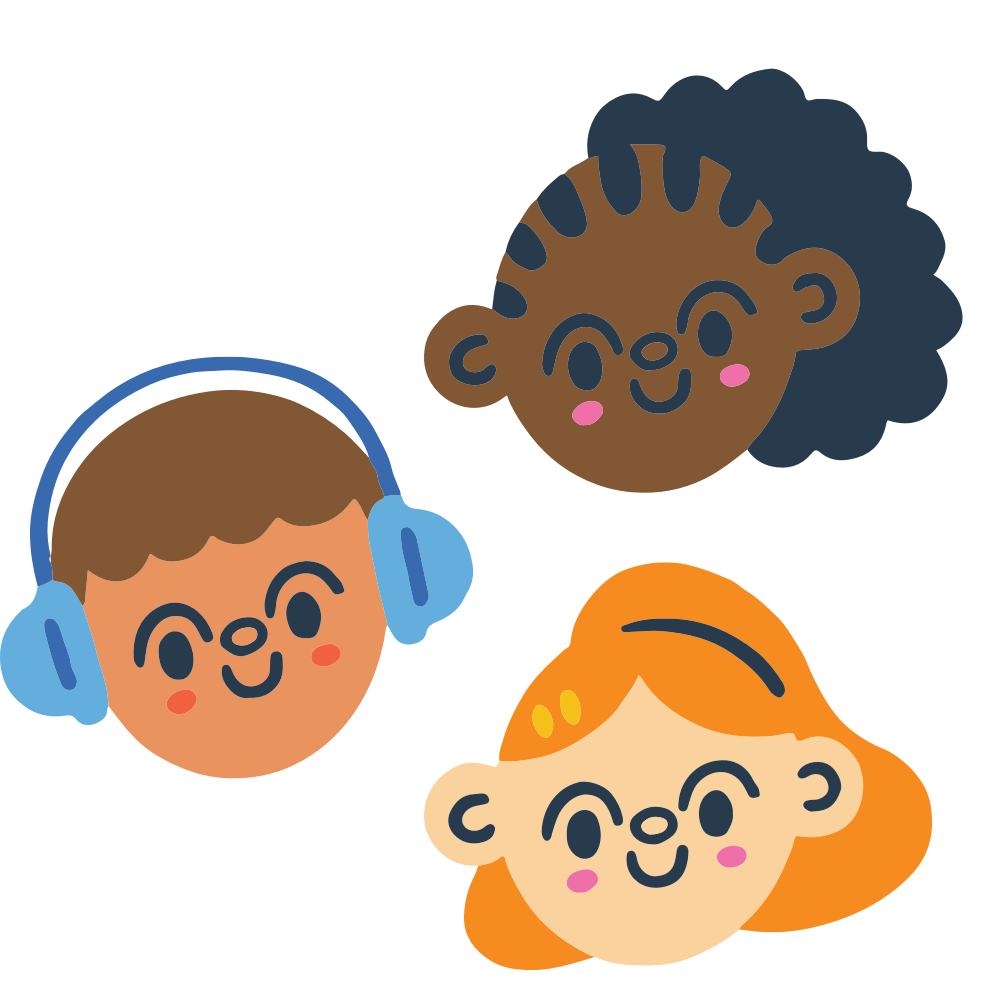
For Students
Discover a catalog of teen health guides packed with essential healthy living tools. Each health guide features topic overviews, self-assessment check-ins, red flag indicators, actionable resources, and more to help students take charge of their health and well-being.
-
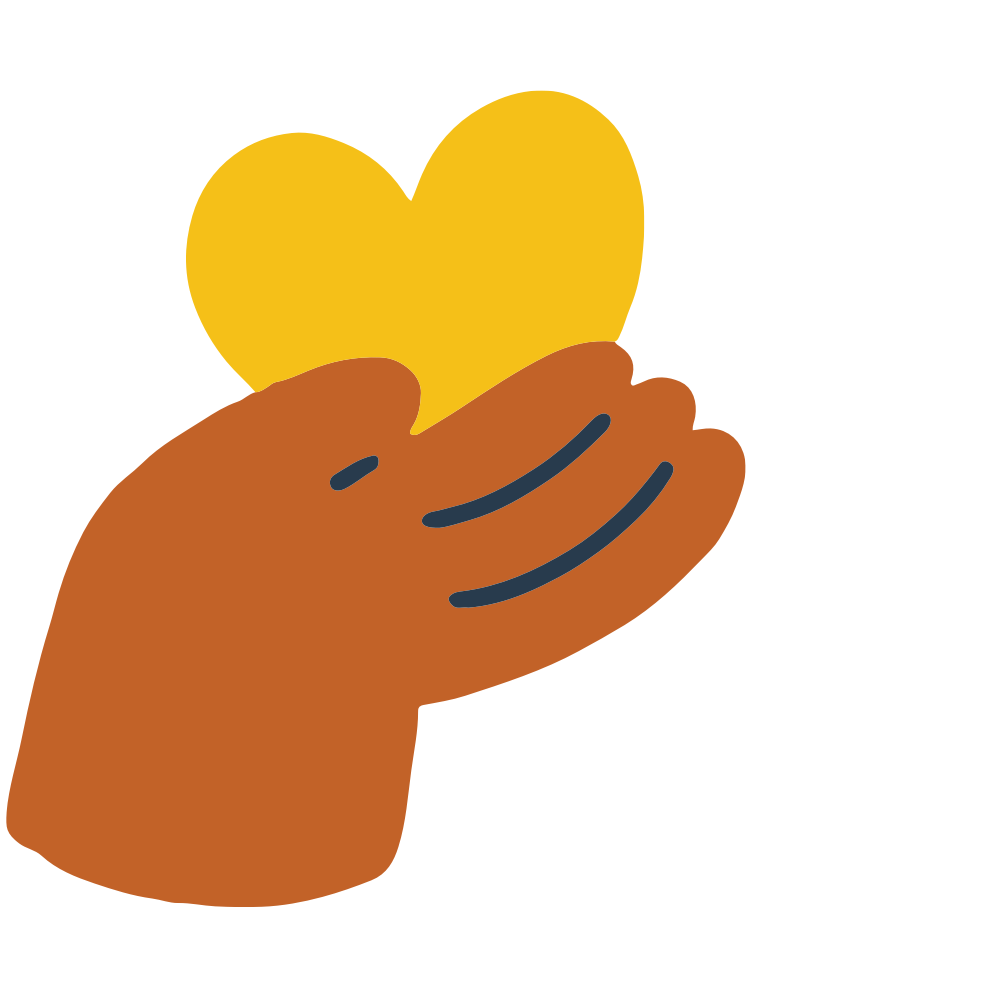
For Parents
The ultimate guide for parents to raise healthy kids, foster open communication, and become their child’s trusted go-to adult. Discover our parent health guides filled with conversation starters, topic overviews, curated resources, and practical tools to confidently support your child’s health and well-being.
how to Teach the SHAPE america Standards
Physical Health Teaching Ideas Connected to SHAPE America Standards
Explore the health skills table below to discover teaching ideas that connect body knowledge and physical health education to SHAPE America National Health Education Standards. By linking physical health concepts to health skills like decision-making, self-management, and analyzing influences, you can create meaningful, skills-based learning experiences and lesson plans that help students develop physical health awareness for themselves and others.
-
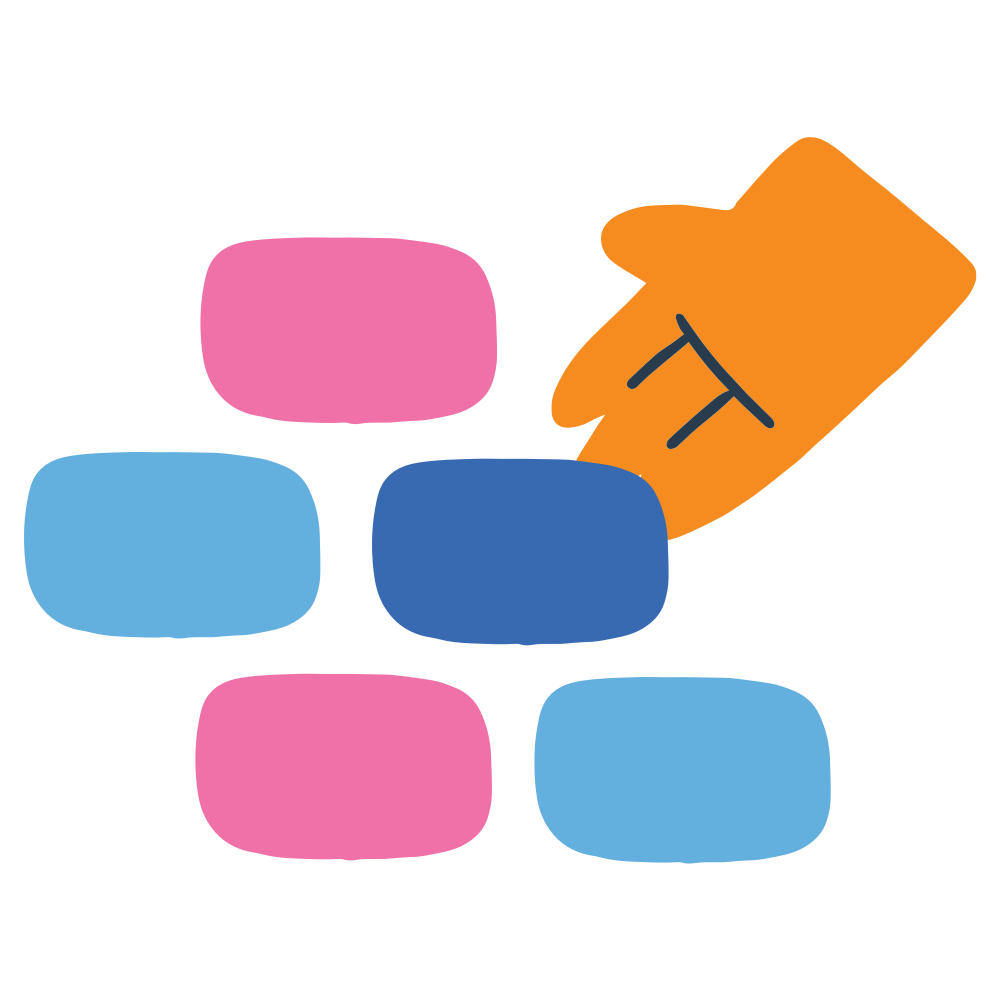
Building and Applying Functional Knowledge
SHAPE America Standards #1
Learning and Using Health Knowledge
-

Analyzing Influences
SHAPE America Standards #2
See What Shapes How You Feel, Think, and Act
-
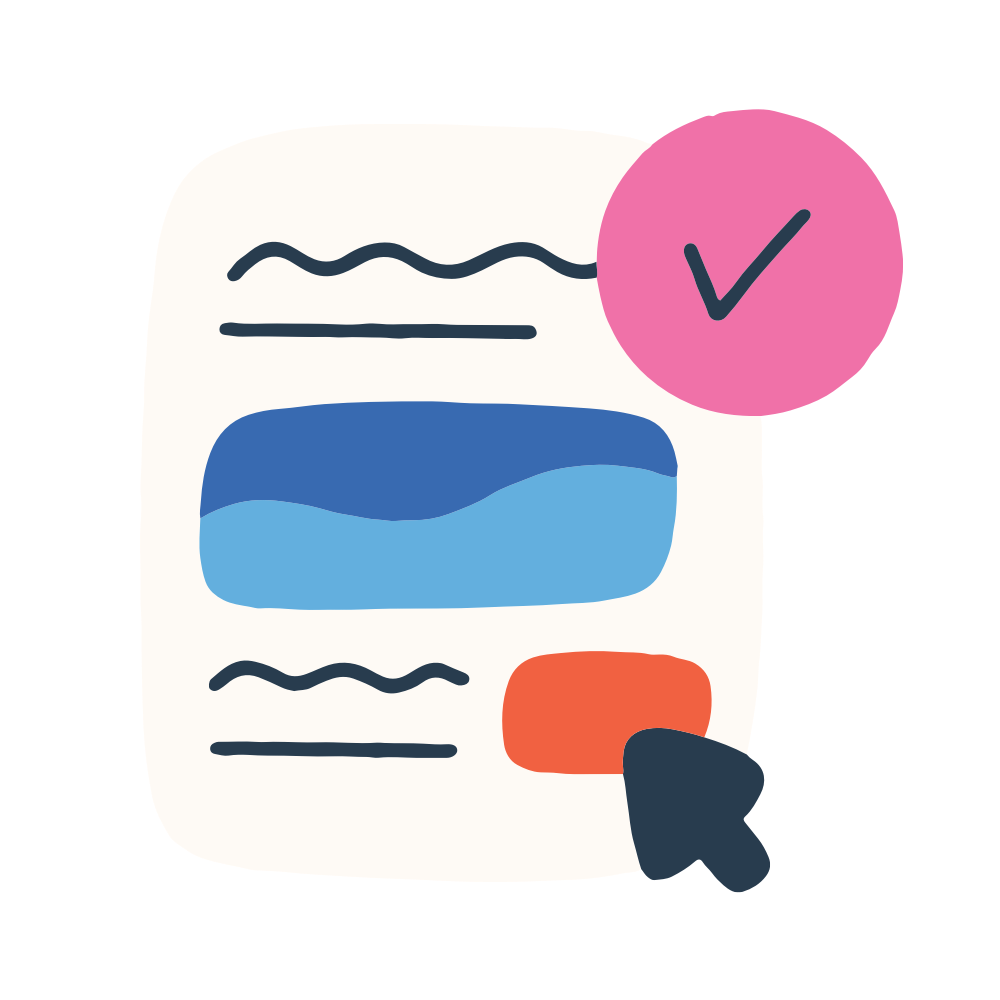
Accessing Resources
SHAPE America Standards #3
Find Valid Health Info & Services
-

Interpersonal Communication
SHAPE America Standards #4
Communicate Effectively
-
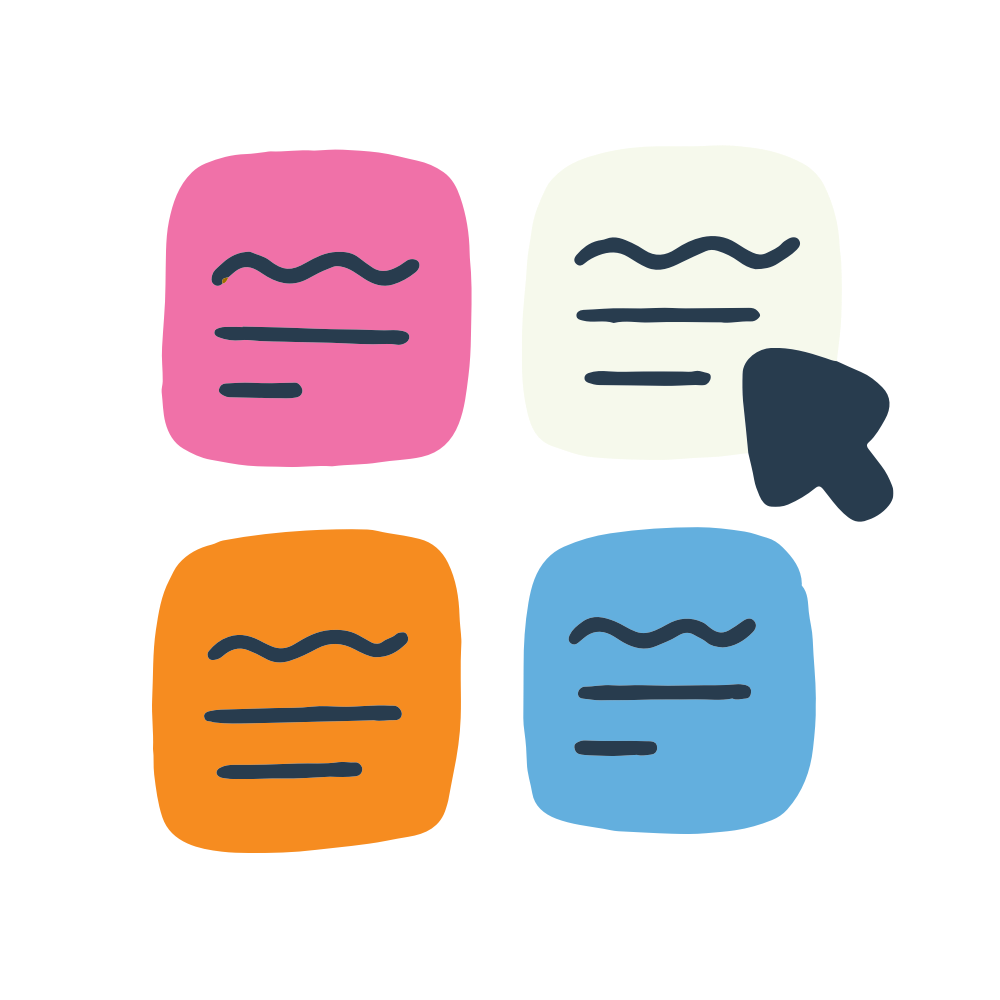
Decision Making
SHAPE America Standards #5
Make Enriching Health Choices
-

Goal Setting
SHAPE Standard #6
Set and Reach Health Goals
-
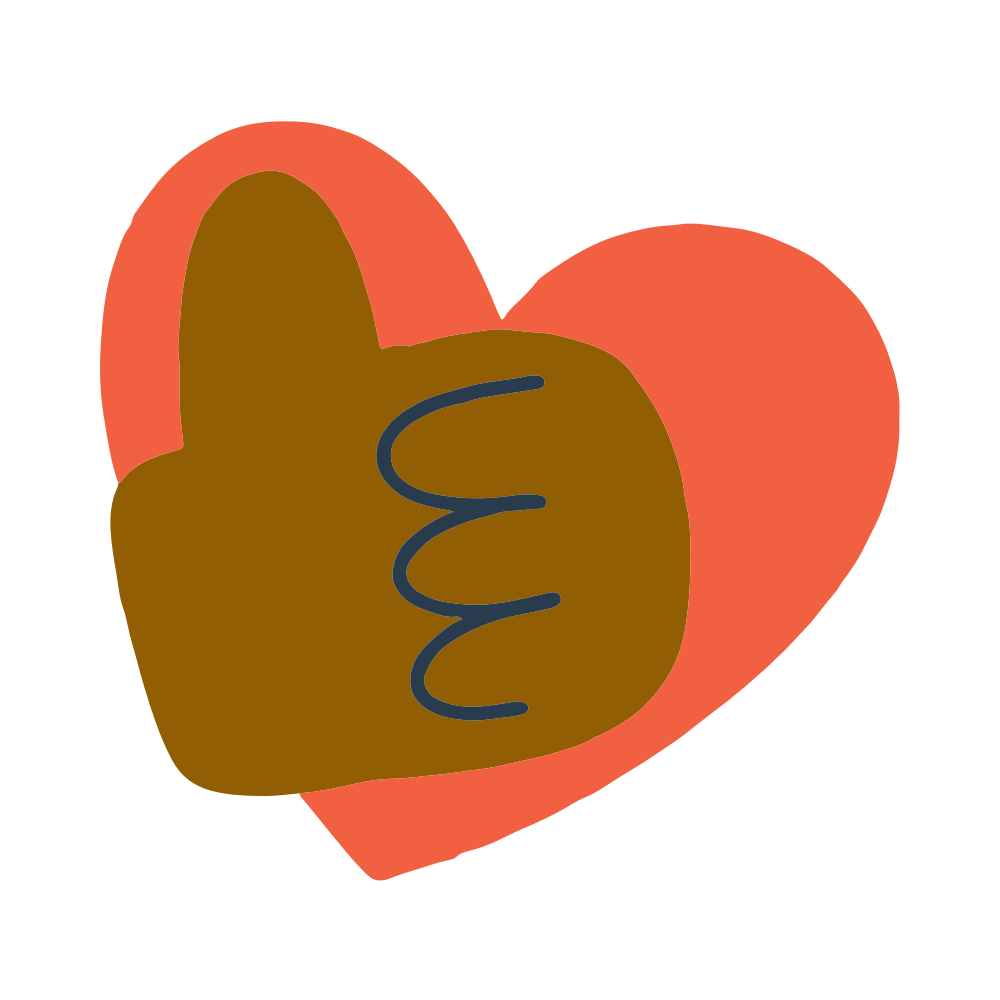
Practice Health Enhancing Behaviors
SHAPE Health Standard #7
Take Care of Your Well-being
-

Advocacy
Health Standard #8
Speak Up for Health
How Building and Applying Functional Knowledge Connects to Physical Health and Body Knowledge:
Understanding how the body works and how to take care of it is foundational to physical health. This includes knowledge about body image, body systems, hygiene, sleep, nutrition, movement, and illness prevention.
Building and Applying Functional Knowledge Teaching Ideas: Physical Health and Body Knowledge
Body System Overview Map
Students create a visual showing how one or more body systems contribute to health and well-being (e.g., how the respiratory and circulatory systems work together during movement).Health Habits Sorting Game
Students sort everyday behaviors (like brushing teeth, staying up late, drinking water) into "Helpful for My Health" or "Not So Helpful" categories.Did You Know? Mini Posters
Students create posters with fun and surprising physical health facts to educate and inspire their classmates (e.g., “Did you know your heart beats about 100,000 times a day?”).
How Analyzing Influences Connects to Physical Health and Body Knowledge:
Our physical health is shaped by many influences, family habits, social norms, media messages, culture, and access to resources. This skill helps students unpack how those influences impact how they treat their body.
Analyzing Influences Teaching Ideas: Physical Health and Body Knowledge
Health Influences Map
Trace how family, culture, or social media shape sleep, eating, or exercise habits.Influence Report Card
Evaluate whether common influences support or challenge physical well-being.Feel/Think/Act Journal
Reflect on how someone’s physical health behavior made them feel, think, or act.
How Accessing Valid Resources Connects to Physical Health and Body Knowledge:
Students need to know where to find trustworthy info about physical health, whether it's understanding symptoms, accessing medical care, or finding workout routines. Being able to evaluate and access these resources is essential.
Accessing Resources Teaching Ideas: Physical Health and Body Knowledge
PROVE It Web Check
Evaluate a fitness or diet social media trend’s validity.Trusted Sources Hunt
Identify where to go (people, places, platforms) for physical health support.Resource Matching
Match a health concern (injury, sleep issues, nutrition) with the appropriate expert or service.
How Interpersonal Communication Skills Connects to Physical Health and Body Knowledge
Strong communication skills help students care for their physical health, whether it's asking a doctor questions, setting boundaries in physical spaces, or expressing health needs to peers and adults.
Interpersonal Communication Teaching Ideas: Physical Health and Body Knowledge
Doctor Talk Scripts
Students practice how to clearly ask medical questions and express physical health concerns during appointments or check-ups.Physical Boundaries Role Play
Use the ASK, STOP, and NOPE skill cues to role-play how to set and protect physical boundaries in situations like PE, group work, or public spaces.Speaking Up for Your Body
Students practice how to express when they're hungry, tired, hurt, or need a break—building everyday self-advocacy through simple, real-life scenarios.
How Decision-Making Skills Connect to Physical Health and Body Knowledge
Every day, students make decisions that impact their physical health, what to eat, how much sleep to get, whether or not to brush their teeth. This skill helps them make intentional, health-promoting choices.
Decision-Making Teaching Ideas: Physical Health and Body Knowledge
What’s BEST? Reflection
Use the B.E.S.T. Model to assess how daily choices impact physical health.Scenario Walkthroughs
Practice using WISE to navigate choices about screen time, bedtime, or hydration.Daily Choices Chart
Rank daily physical health based on how much thought or intention they require.
How Goal-Setting Connects to Physical Health and Body Knowledge
Setting physical health goals helps students take ownership of their well-being. Goals can focus on building routines, improving skills, or maintaining healthy habits.
Goal Setting Teaching Ideas: Physical Health and Body Knowledge
Mini Movement Goals
Set a weekly goal related to movement, like stretching or walking more.Healthy Habit Tracker
Use a tracker to build consistency with a specific physical health behavior.GROW Planning Worksheet
Walk through each step of the GROW process to build a personal physical health goal.
How Self-Management Connects to Physical Health and Body Knowledge
Physical health habits require intention and consistency. This skill helps students pause, reflect on their choices, and act in ways that support their physical well-being.
Self-Management Teaching Ideas: Physical Health and Body Knowledge
Health Habit Reflection
Track a habit for 3 days and reflect on what supports or blocks consistency.Physical Health Pause Prompts
Create a list of self-check questions like “Have I had water today?”Barrier Busters
Identify common obstacles to physical health and brainstorm how to overcome them.
How Advocacy Connects to Physical Health and Body Knowledge
Advocating for physical health starts with recognizing and speaking up for your body’s needs, whether that’s asking for rest, seeking medical care, or standing up for better health support in your community. It also includes advocating for others and pushing for changes that promote physical well-being for everyone.
Advocacy Teaching Ideas: Physical Health and Body Knowledge
Self-Advocacy Scripts
Practice how to communicate physical needs—like asking for a break, expressing pain or discomfort, or requesting a doctor’s appointment.Community Health Assessment
Identify physical health concerns in your school or neighborhood (e.g., lack of clean water, poor air quality, unsafe equipment) and brainstorm possible solutions.Peer Advocacy Project
Choose a physical health issue (like hydration, sleep, or recess time) and create a campaign to raise awareness or advocate for change among peers.
physical Health Education VIDEOS
Youtube
Teach students how to care for their bodies through movement, nutrition, hygiene, and rest with engaging Physical Health videos from Project School Wellness.

Done-For-You
Lesson Plans
Physical Health Lesson Plans
Discover how movement, nutrition, sleep, and hygiene impact personal wellness with Project School Wellness’s Physical Health lesson plans.
-
Lesson #1: Defining Physical Health Perceptions
Lesson #2: Examining Physical Health
Lesson #3: Body Care - Sleep
Lesson #4: Body Care - Movement
Lesson #5: Body Care - Hygiene
Lesson #6: Body Care - Nourishment
Lesson #7: Body Care - Your Relationship with Food
Summative Activity, Part #1: Assessing Your Physical Health
Summative Activity, Part #2: Writing a Physical Health Goal
-
Level 1: Understanding Physical Health
Lesson #1: Physical Health: My Body
Lesson #2: How to Be Physically Healthy
Lesson #3: My Physically Healthy Life
Level 2: Boosting Physical Health
Lesson #1: How School Influences Physical Health
Lesson #2: Risk of Being Physically Unhealthy
Lesson #3: Physical Health Cheat Sheet
Level 3: Understanding Nutrition
Lesson #1: Nutrition Basics
Lesson #2: How to Eat a Healthy Diet
Lesson #3: Digital Activity: Food Label
Lesson #4: Lunch Tray Report Card

Curated physical Health education Resources
Physical Health Teaching Resources
-
Middle School Physical Health Unit
High School Physical Health Unit
Body Image Lesson Plans
ATOD Lesson Plans
Fitness Lesson Plans
-
Coming Soon!
Meet Project School Wellness
Your Go-To Partner in Health Education!
At Project School Wellness, we are dedicated to making health education simple, effective, and life-changing.
As your one-stop health education hub, we offer ready-to-use health curriculum and resources for health teachers, expert guidance for parents navigating tough topics, and trusted insights for students building lifelong health skills. Whether in the health classroom, at home, or learning on your own, we’re here to help students build the knowledge, skills, and confidence needed to live their healthiest, happiest lives.
